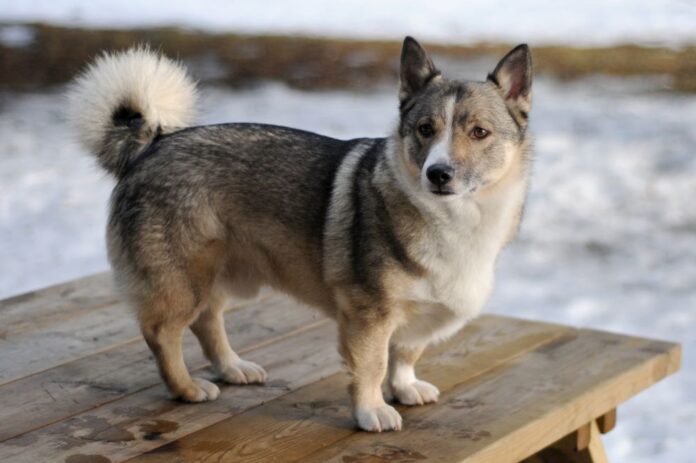Dogs hold a significant place in Swedish culture. Pet ownership has been on the rise in recent years despite dogs being historically important to the Nordic way of life. As more Swedes welcome canine companions into their homes though, clear favourites are emerging. This can has a few implications and issues, but before we check those out, we will first look at the current trends and list the seven most popular dog breeds.
Overview of Sweden’s Dog Ownership Trends
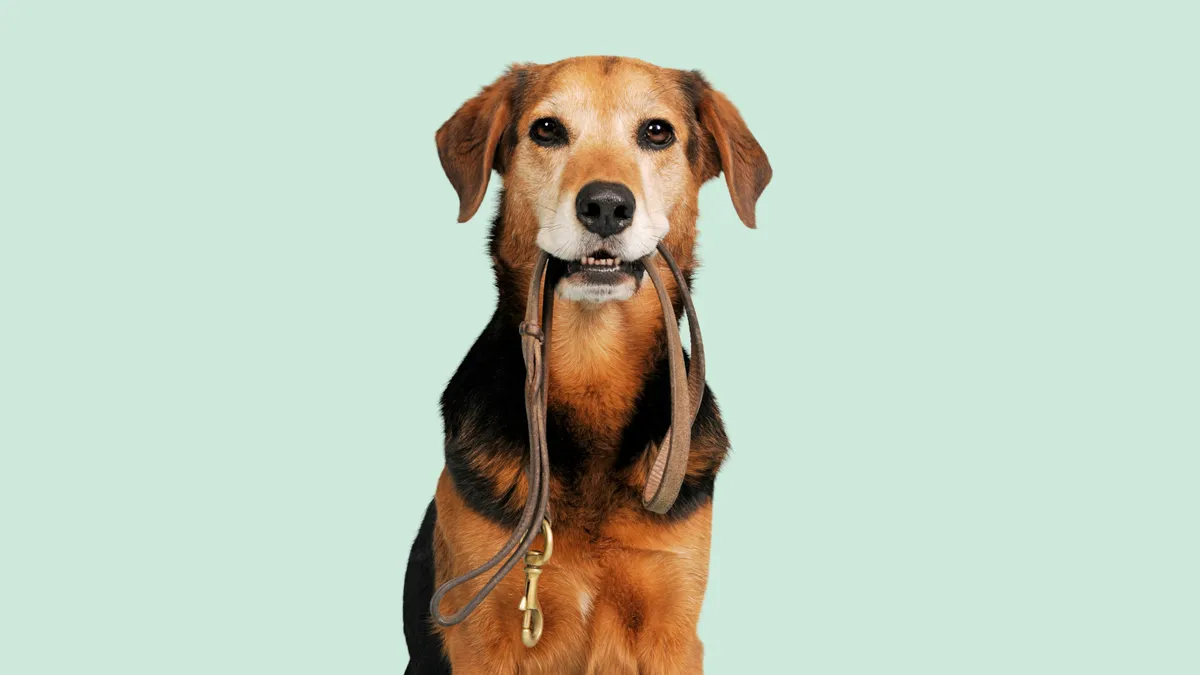
With over 15% of Swedes owning a dog, there are around 800,000 dogs in Sweden. There’s been a notable increase in ownership over the past few decades, with many households embracing the joys of multiple dogs.
This trend has been accompanied by a shift in breed preferences, with Swedes gravitating towards dogs that suit their lifestyles and living situations. Historically, Sweden has been home to a variety of native breeds, such as the Swedish Vallhund and the Drever, which were primarily used for hunting and herding. But as the country has become more urbanised, demand is shifting towards lower maintenance dogs that fair better in smaller apartments and less exercise to accommodate professional workers.
In modern times, Swedes has been leaning towards breeds that are known for their friendly temperaments and trainability. With it being easier than ever to compare pet insurances in Sweden, along with food costs, these are also being factored into the decision-making process.
The popularity of certain breeds has also been influenced by their representation in popular culture too – entire breeds are often referred to as a fictional name, St Bernards being referred to as Beethoven, or German Shepherds being called Rex. And, the fact that we now have dog cafés in Sweden gives people more opportunity to align their pet’s lifestyle with their own.
Top 7 Most Popular Dog Breeds in Sweden
1. Labrador Retriever
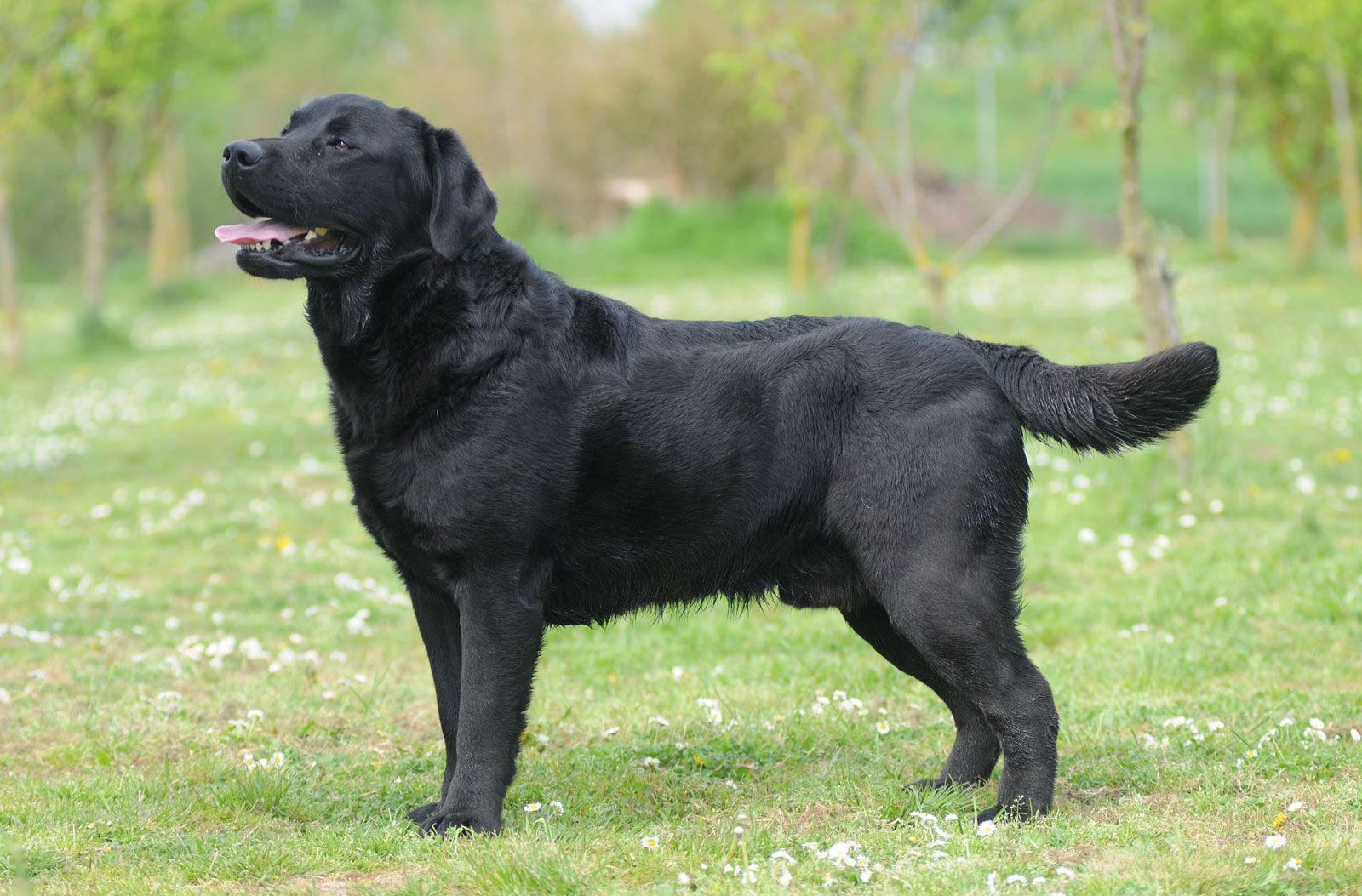
The Labrador Retriever’s versatility and friendly demeanor have made it a top choice among Swedish dog owners. In fact, it’s the most popular breed in many countries. This is because they have a good mix of intelligence and eagerness to please, so they excel in various roles (i.e. family pets or service dogs). They’re very adaptable to different living situations, all while remaining affectionate. This is contrary to highly intelligent breeds like Collies, which aren’t as effectionate.
2. German Shepherd
German Shepherds have a strong presence in Sweden, thanks to their utility in service and law enforcement roles. They have a ton of loyalty and are in-line with their historical use of worker dogs, yet they’re protective and loyal enough to make good family pets. They’re also known to be protective, which has both its upsides and downsides.
3. Golden Retriever
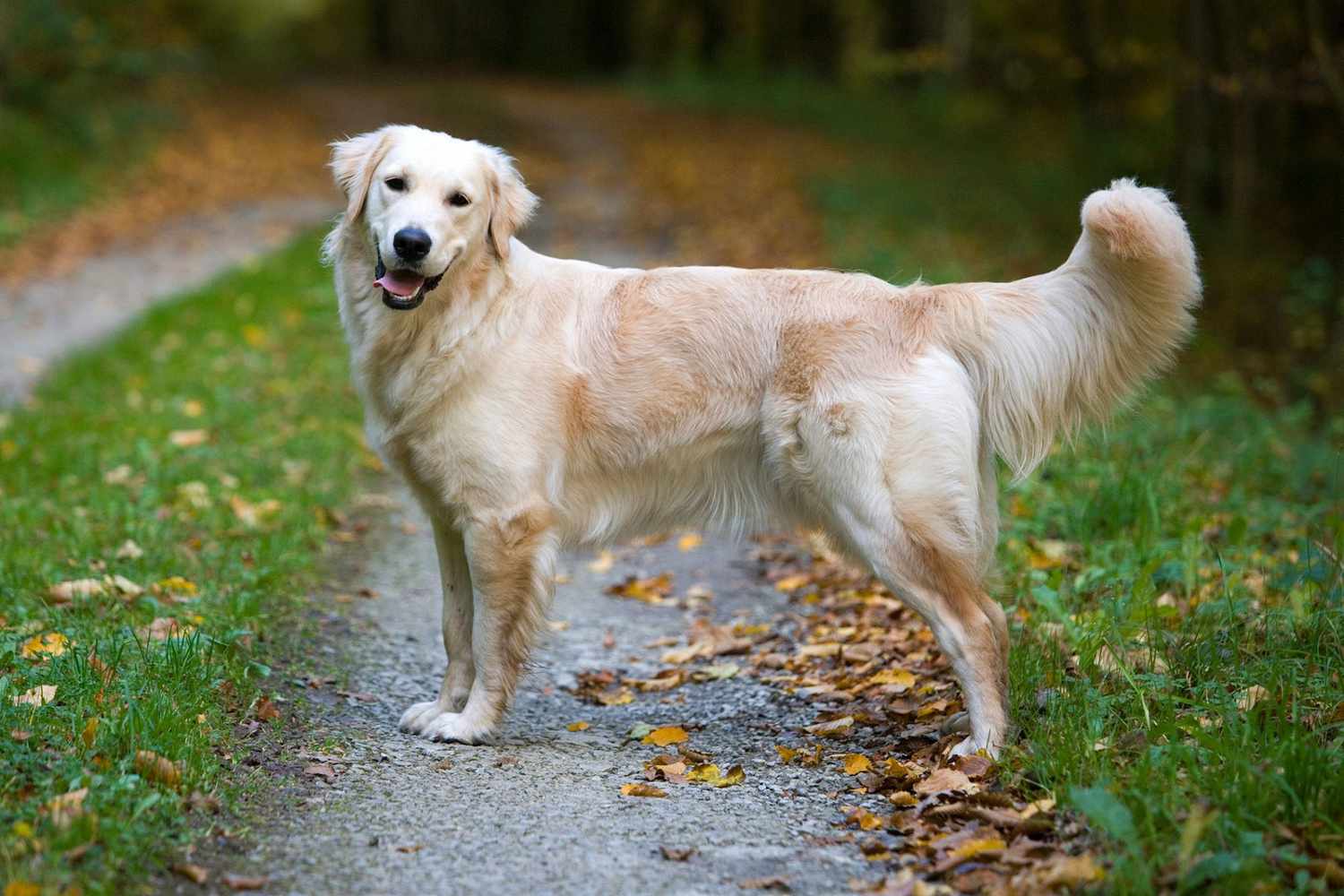
Golden Retrievers have won the hearts of many Swedes with their family-friendly and trainable nature. They share all the qualities of Labradors with their gentle disposition and patience. Again, this isn’t just a Swedish phenomenon, as we see these all around the world (in particular the US). They’re also popular as therapy dogs, thanks to their calming presence and ability to provide emotional support.
4. Swedish Vallhund
As a native breed, the Swedish Vallhund holds a special place in the country’s canine history. These compact yet energetic dogs were originally bred for herding and guarding livestock. Today, they are appreciated for their adaptability to more modern living situations and their lively personalities.
5. French Bulldog
French Bulldogs have gained popularity in urban areas due to their suitability for apartment living. Their small size and lack of exercise needs make them ideal for city living, where professional workers perhaps don’t have a lot of time for walks. So, almost every dog can be happy inside, within reason. French Bulldogs are known for their affectionate and playful nature, and they’re also cheaper in terms of food costs.
6. Border Collie
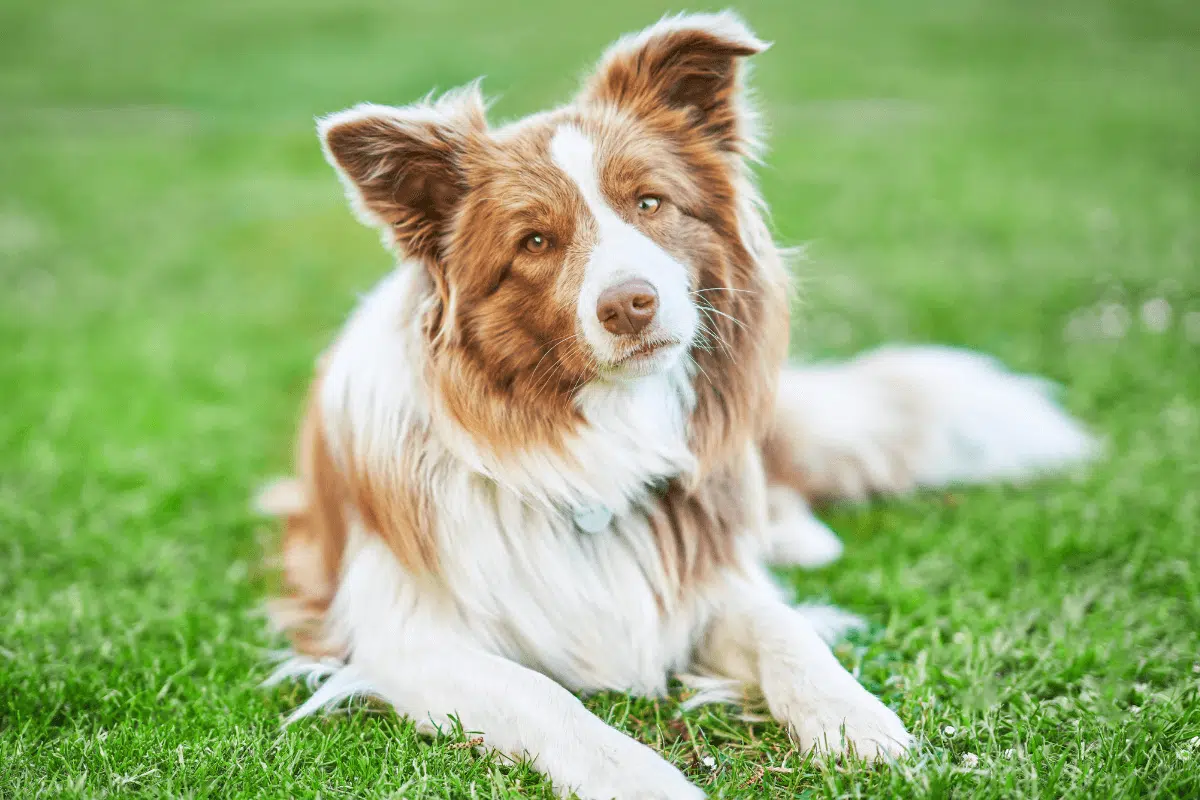
Border Collies have always been popular among active Swedish dog owners who appreciate their intelligence and energy, and especially those living on a farm. These highly trainable dogs excel in activities like agility and obedience. They require plenty of mental and physical stimulation though, and can often be less affectionate, making them ideal for young couples, farm owners, and people who want to invest time and energy into their dog.
7. Cocker Spaniel
Cocker Spaniels are super friendly and a manageable size, making them a good middle ground choice. They adapt well to various living situations and are highly affectionate, though they do hae lots of energy. Cockers are popular as family pets thanks to their gentle nature.
Factors Influencing Breed Popularity
Urban living has led to a preference for smaller, adaptable breeds that thrive in apartments, like Frenchies. It’s the move away from farmland and homesteds that have led to greater consideration of more versatile dogs that are perhaps smaller, more trusting with infants, and require less
Yet, many Swedes do enjoy an active lifestyle, and are still surrounded by nature. So, moreso than much of Europe, there is still a demand for larger, stronger dogs. Swedish culture of course values companionship and a close connection with nature, so it has certainly kept up the demand for dogs like the Vallhund and Shepherds.
Implications of Breed Popularity
The popularity of certain dog breeds in Sweden has implications for various aspects of canine welfare and services. Breed-specific legislation may be introduced to address concerns related to specific breeds, but for now there are concerns over inbreeding, particularly with smaller breeds like Frenchies.
The demand for popular breeds can also impact the availability of specialized services, such as grooming and training, tailored to their specific needs. Furthermore, the widespread popularity of certain breeds may lead to increased efforts in breed-specific rescue and rehoming initiatives.
Conclusion
The most popular dog breeds in Sweden reflect Sweden’s own culture and temperament. And, the rise of dog ownership more generally shows a growing desire to share our household with another child – or friend.

